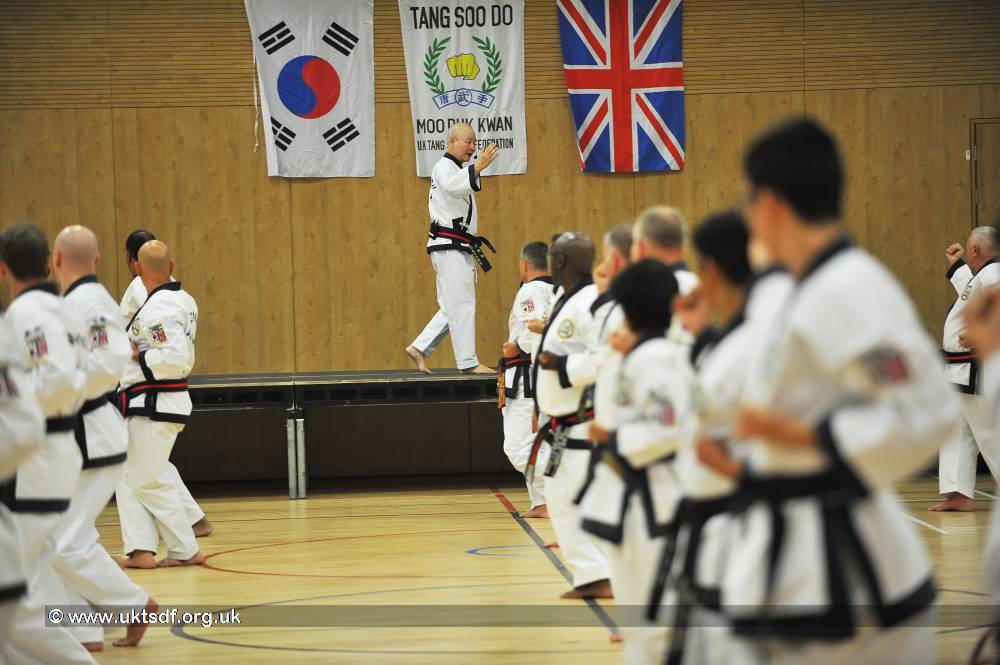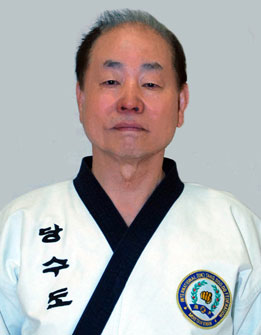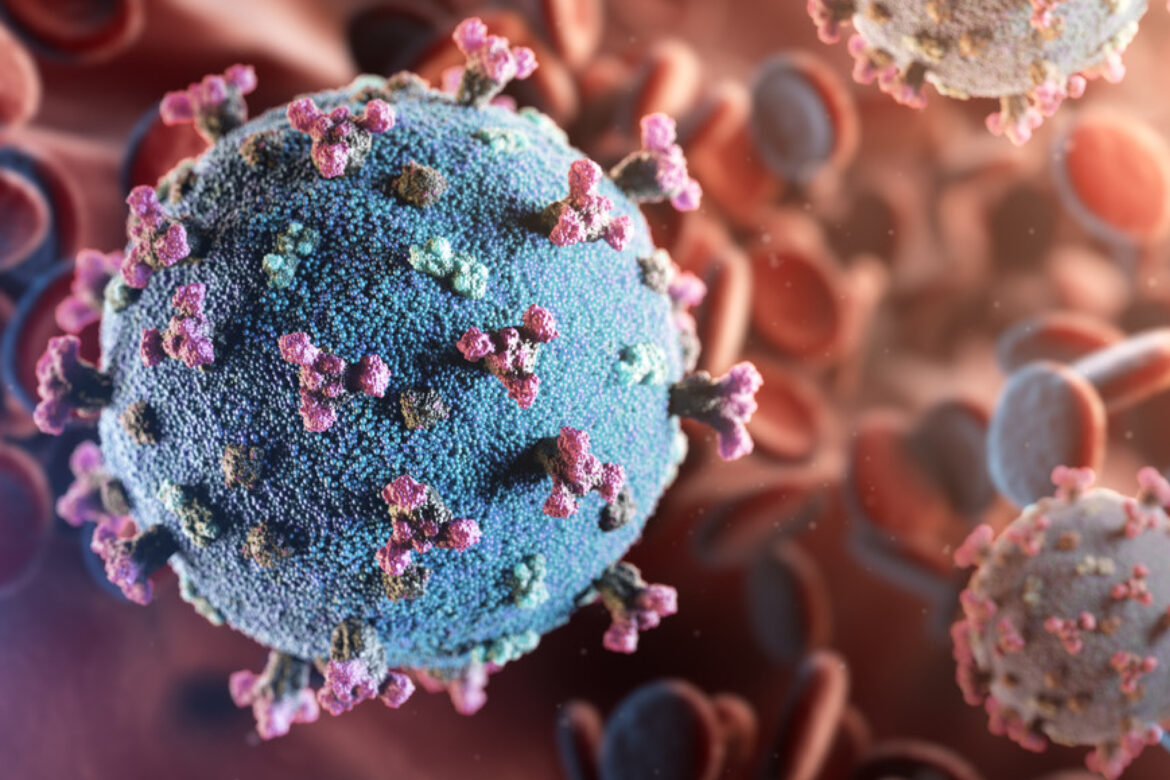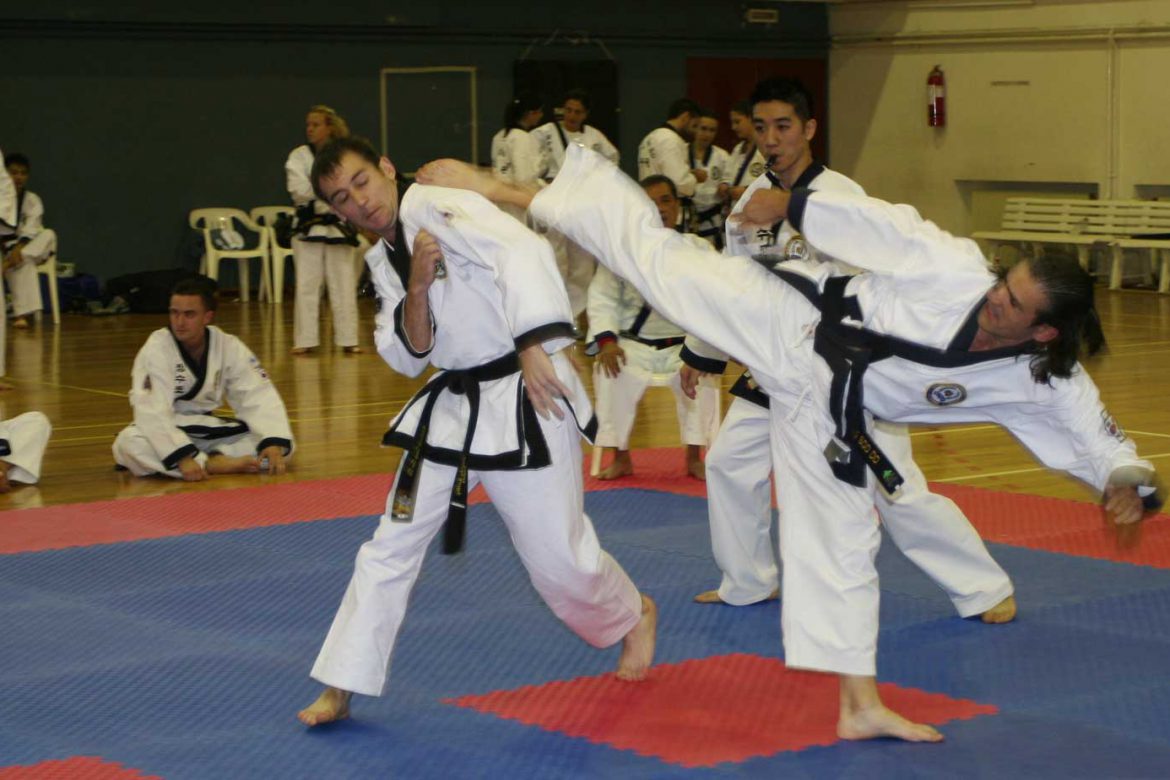Dear Members/Parents,
I trust you and your family are all safe and well.
After more than four months in lockdown, I am sure you are looking forward to the gradual easing of the restrictions that have dominated our lives since the end of March. Unfortunately due to Covid-19 most of the TSD official events of 2020 have to be cancelled.
But as we slowly move into or new ‘normal’, it is increasingly clear that coronavirus will still be part of our lives for months to come. We know from speaking to our instructors and members that many of you are concerned about the long-term effects of the pandemic on your family wellbeing, finances, the health of your relatives and the state of the economy.
We will prioritise safety and hygiene in class when we resume training, hopefully in September. Changing facilities remain closed. Please make sure you/your child arrives already in their Tang Soo Do uniform. To maintain social distancing, coaches will no longer be applying tape to earrings that have not been taped over by parents/guardians. If you/your child are not dressed appropriately, they will not be allowed to participate.
In order to protect all coachers, participants and their families, we have the right to refuse entrance to any child and/or member if they are showing signs and symptoms of COVID-19. This includes a high temperature, continuous cough and a loss/change in sense of small or taste.
Both the UKTSDF and the government do not recommend the use of masks.face coverings during sports activities. All forms of face coverings may restrict breathing efficiency and should not be used during exercise except on specific advice from a physician. Tang Soo Do students can wear face masks before and after training if they so wish but masks should not be worn. whilst performing any form of TSD elements, including warm-ups/cool-downs.
Finally, as we emerge from lockdown, I want to take a moment to recognise the selfless work of the NHS and other key workers, who have done so much to keep us all safe.
I look forward to meeting you all in the very near future.
Yours in Tang Soo Do
Grand Master Kang Uk Lee, President
8 Likes2,307 Views








